Starting a vegetable garden is a rewarding activity that even beginners can enjoy. With the right tools and knowledge, you can cultivate a garden filled with easy crops. Selecting the appropriate location and understanding basic maintenance are essential steps. Embrace gardening and avoid common pitfalls by following these beginner-friendly tips and tricks.
Choosing the Right Location
Choosing the right location for your vegetable garden is crucial for a successful harvest. It can make a significant difference in how your plants grow. To begin, look for a spot that receives at least six to eight hours of sunlight each day. Most vegetables thrive in full sun, so a sunny location is ideal.
Next, consider the soil quality. Ensure it’s well-drained and fertile. You can boost it by adding organic matter like compost or well-rotted manure. Testing the soil pH can also help you determine if any adjustments are necessary for optimum plant health.
Accessibility is another critical factor. Your garden location should be easy to reach for daily care and maintenance. Consider positioning it near a water source for convenient watering.
Think about the microclimates on your property. Some areas might be warmer or more sheltered from the wind, providing a more favorable microenvironment for certain crops.
Finally, pay attention to potential competition with trees. Avoid placing your garden where large tree roots might steal nutrients and water from your plants. Proper location planning can set the foundation for a thriving vegetable garden.
Essential Tools for Beginners

- Garden Trowel: A trowel is indispensable for planting, digging, and moving soil. This tool helps you efficiently create holes for seeds and seedlings.
- Garden Gloves: Protect your hands from thorns, splinters, and soil. Choose gloves that fit well for flexibility and safety.
- Pruning Shears: These are essential for trimming plants and managing the growth of your vegetables. Regular pruning ensures healthy plant development.
- Watering Can or Hose: Adequate watering is crucial for a thriving vegetable garden. A watering can provide control, whereas a hose might be convenient for larger areas.
- Garden Fork: A garden fork breaks up compacted soil, mixes in nutrients, and aerates the soil, creating an ideal environment for roots.
- Rake: A rake is useful for leveling soil, removing debris, and spreading mulch, which improves soil moisture retention and weed control.
-
Protective Clothing:
Wearing a hat and sunblock protects against sun exposure, while boots guard against mud and moisture. This ensures a comfortable gardening experience.
- Seed Storage Boxes: Keeping seeds organized and in a dry, cool place extends their viability, ensuring you can plant them when needed.
-
Labeling Supplies:
Keep track of plant types and locations in your garden. Labels help you monitor growth and identify crops efficiently.
Top Easy Crops for Your Garden
Starting your own vegetable garden can be an exciting journey, especially when choosing the right crops. Some plants are much easier for beginners to manage. Picking easy crops ensures a rewarding experience as you develop your gardening skills.
Radishes are one of the top picks. They grow quickly, often ready to harvest in just a few weeks. Radishes also require minimal space and are great for demonstrating quick results.
Lettuce is another excellent choice. This crop thrives in various climates and grows swiftly. Regular harvests are possible, providing fresh greens for salads throughout the season.
Consider planting Carrots as well. These root vegetables are robust and adapt well to different soil types, making them suitable for rookie gardeners looking to boost confidence.
If you have a bit more space, Zucchini is a prolific producer. One or two plants can supply you with an abundance of squash throughout the summer months.
For beginners who want a taste of the warm-season plants, Green Beans offer simplicity with substantial yields. They are not only easy to grow but also fun to harvest.
These crops not only maximize your chances of success but also ease you into the joys of home gardening, fostering a gratifying connection with nature.
Watering and Maintenance Tips
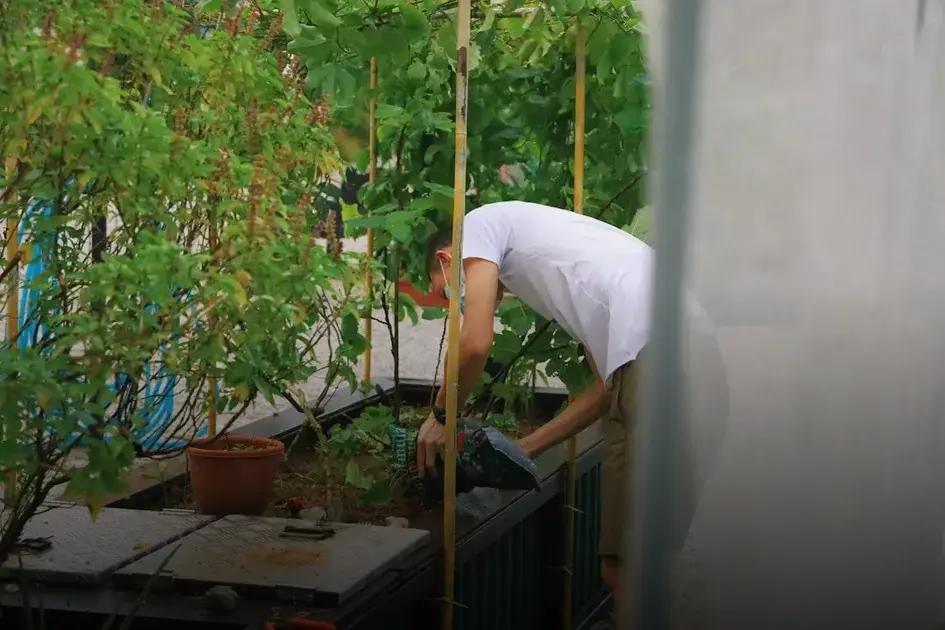
Keeping your vegetable garden healthy requires a consistent watering schedule. Regular watering is key, especially for beginner-friendly crops such as lettuce, radishes, and carrots. These plants prefer moist soil, so ensure they receive adequate water weekly. It’s best to water them in the early morning to reduce evaporation.
Mulching is another effective maintenance technique. Applying a layer of mulch around your plants helps retain moisture and suppress weeds. This simple step improves soil health and reduces the frequency of watering.
Monitoring plant health is crucial. Regularly check your vegetables for signs of pests or disease. It’s easier to address issues early, ensuring your garden thrives. Pruning dead or unhealthy leaves helps prevent the spread of diseases.
Consistent maintenance builds healthier plants. A routine that includes checking for signs of stress, such as wilting or yellow leaves, can guide your next steps in care. Adjusting your methods based on your observations is beneficial. For example, if your soil is too dry, increase your watering frequency slightly.
Lastly, always clean your tools after use to prevent the spread of pathogens. This simple habit helps maintain the hygiene of your garden.
Common Mistakes to Avoid
Beginner gardeners often stumble into several common pitfalls, which can be easily avoided with a little knowledge. One frequent mistake is overwatering the crops. While it’s crucial to keep the soil moist, excessive water can lead to root rot, depriving plants of oxygen.
Another error is planting too close together. Plants need room to grow and access sunlight. Crowding can cause the seedlings to compete for resources and spread diseases. Ensure you follow seed packet instructions for spacing.
Neglecting soil quality is also a common oversight. Healthy soil is the foundation of a thriving garden. Test your soil to determine nutrient levels and amend it with compost to boost fertility.
Failure to plan for pests can result in substantial crop damage. Research natural remedies and pest-resistant plant varieties to protect your garden. Finally, avoid starting with too many varieties of plants. Focus on one or two crops until you gain confidence, and then expand your selection.

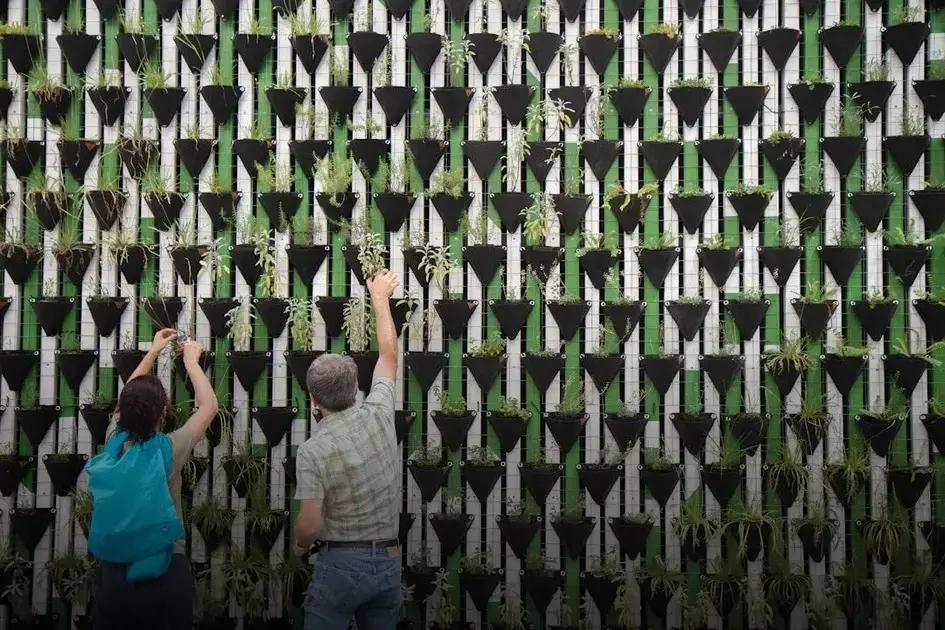
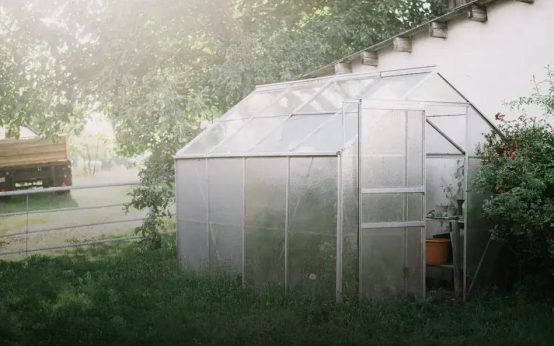 Harvesting Herbs: Secrets for Best Flavor Timing
Harvesting Herbs: Secrets for Best Flavor Timing 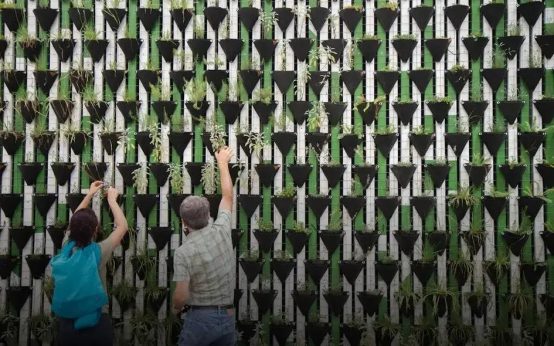 Tips for Growing Tomatoes That Produce Fruit Effectively
Tips for Growing Tomatoes That Produce Fruit Effectively 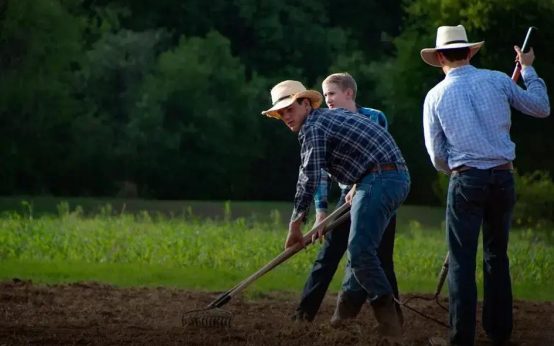 Companion Planting: Discover Plants That Thrive Together
Companion Planting: Discover Plants That Thrive Together